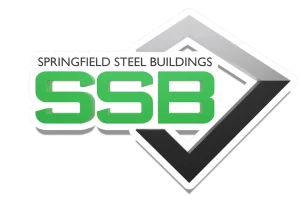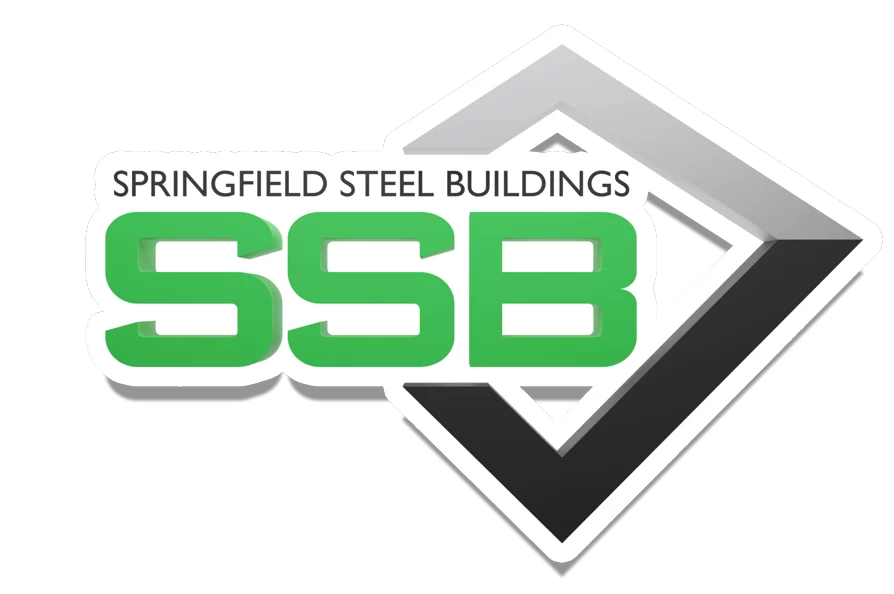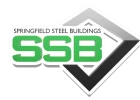In today’s rapidly changing world, sustainable farming practices are more critical than ever for the environment and the long-term viability of the agriculture industry. One often overlooked component in the sustainability equation is the role of agricultural buildings.
Modern steel buildings, designed with eco-friendliness and operational efficiency in mind, are invaluable assets for the forward-thinking farmer.
These structures offer superior durability and flexibility and provide critical benefits such as improved energy efficiency, reduced waste, and a significantly lower carbon footprint.
As a leading expert in steel buildings, including specialised structures for agricultural use, we delve into how these buildings are revolutionising sustainable farming practices and helping farmers achieve better results, all while ranking well on eco-friendly metrics.
Once you have finished reading our latest article, you are interested in getting a quote for your agricultural building; all you need to do is speak to our team today; we are always more than happy to help! As the leading experts in Steel Buildings, we are confident you will find what you need!
Different Types Of Agricultural Buildings And Functions
Agricultural buildings are as diverse as the farming activities they support, each serving a unique function tailored to specific needs. Traditional barns, often made of wood, are multi-purpose structures for housing livestock, storing hay, and sometimes even serving as a workspace for minor repairs and tasks.
However, modern advancements have introduced specialised steel buildings with unparalleled durability and versatility. Grain silos, for example, are designed for the efficient storage and easy transportation of harvested grains.
At the same time, poultry houses are optimised for climate control to ensure the health and productivity of the birds. Greenhouses offer a controlled environment for growing crops that require specific temperature and humidity conditions. Machinery sheds protect expensive farming equipment from the elements, thus extending their lifespan.
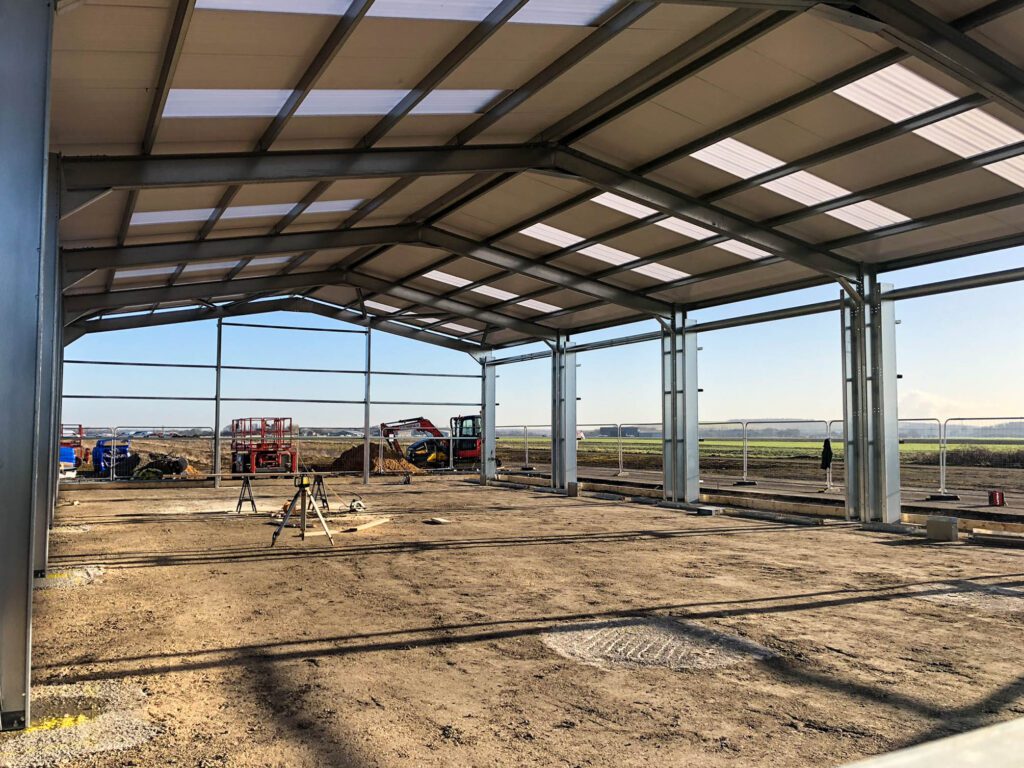
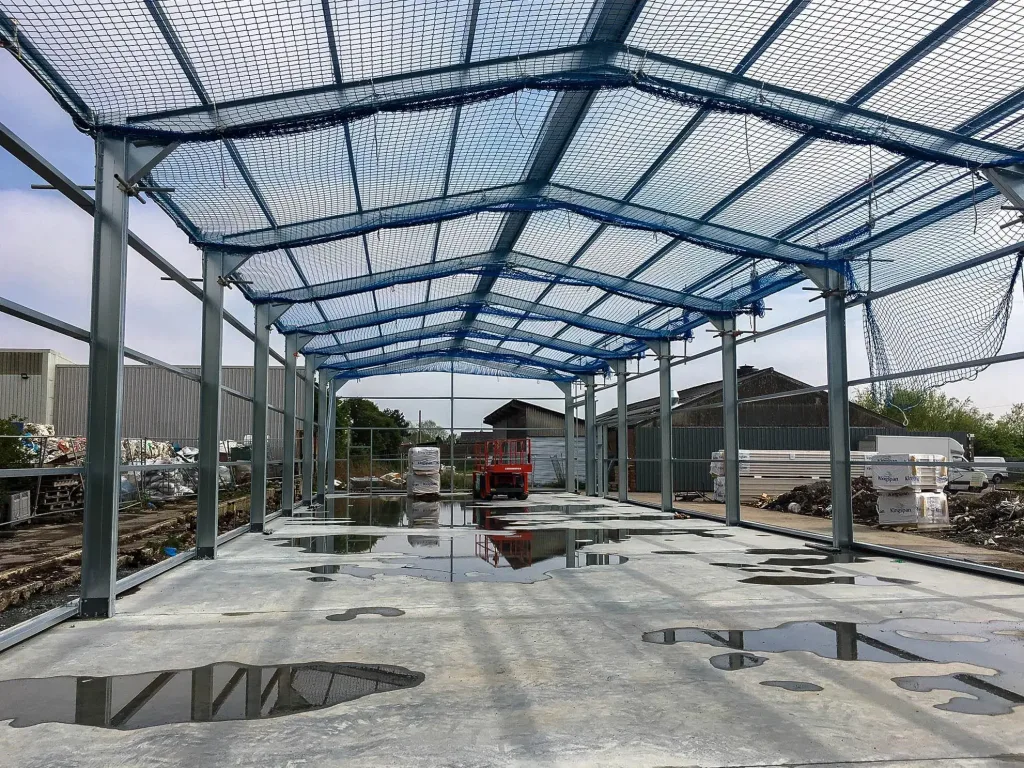
Design Considerations To Accommodate Sustainability
When designing agricultural buildings with sustainability in mind, several vital considerations come into play to ensure environmental responsibility and operational efficiency.
Material selection is crucial; prefabricated steel buildings, for example, are durable and recyclable, contributing to a circular economy. Energy efficiency is another major factor, often addressed through advanced insulation materials and renewable energy sources like solar panels or wind turbines.
Proper ventilation systems can improve air quality and reduce the need for mechanical heating or cooling, thereby conserving energy. Water management, too, is vital, incorporating features like rainwater harvesting systems and efficient irrigation.
Additionally, the building’s orientation can be planned to make the most of natural light, thereby reducing electricity costs.
Economic Benefits Of Sustainable Agricultural Buildings
Investing in sustainable agricultural buildings offers a range of economic benefits beyond the initial costs, providing long-term financial gains that make them a smart choice for the modern farmer.
Using durable materials like steel reduces maintenance costs and prolongs the structure’s life, offering a higher return on investment. Energy-efficient designs incorporating solar panels, wind turbines, and advanced insulation can substantially reduce utility bills.
Water-saving features such as rainwater harvesting can cut water costs and make the operation more resilient to drought conditions. Additionally, sustainable buildings often qualify for various government grants, tax incentives, or subsidies to promote eco-friendly practices in agriculture.
Over time, these economic benefits accumulate, leading to significant cost savings and potential revenue streams, aligning with sustainability metrics that can improve a farm’s ranking in environmental assessments.
Future Trends In Sustainability Of Agricultural Buildings
As sustainability continues to take centre stage in agricultural practices, we can expect several emerging trends to shape the future of agricultural buildings.
Advanced technologies like the Internet of Things (IoT) are set to offer smarter control over building functions, from energy consumption to waste management. Modular and prefabricated steel buildings, which minimise waste and reduce construction time, will likely become increasingly popular.
Integrating renewable energy sources directly into the building’s design is also a growing trend, with innovations like solar roofing tiles and wind-integrated structures.
Vertical farming within buildings, which offers the dual benefits of optimised space use and controlled environmental conditions, is another area set for growth.
Moreover, the development of ‘net-zero’ agricultural buildings, which produce as much energy as they consume, is becoming a realistic and aspirational target.
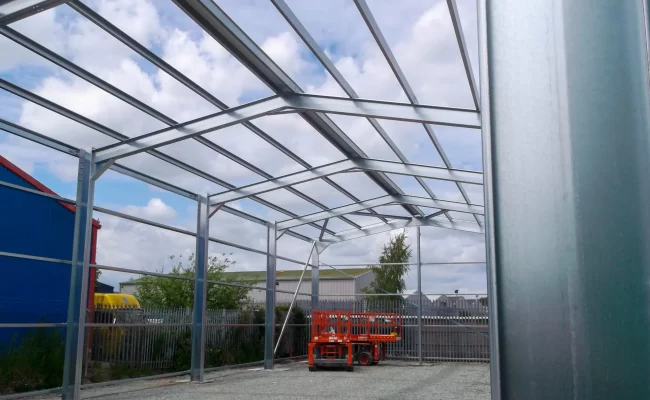
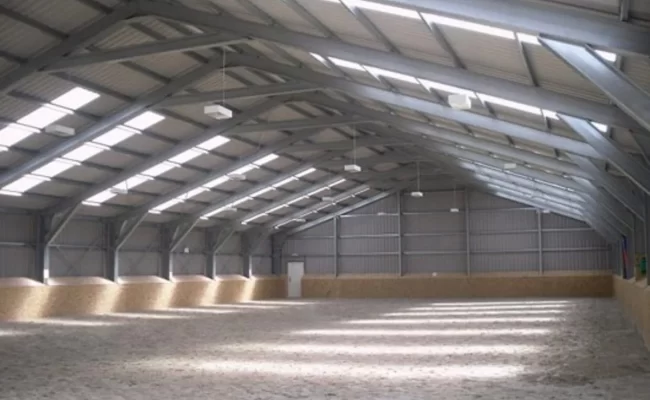
How A Steel Building Can Benefit The Agricultural Industry
Steel buildings benefit the agricultural industry, serving as a cornerstone for operational efficiency and sustainability goals. Known for their durability, steel structures can withstand harsh weather conditions, from heavy snow to high winds, providing a reliable shelter for livestock, machinery, and produce.
Their modular nature allows for easy expansion, adaptation, or reconfiguration to meet changing needs, offering unparalleled flexibility. One of the most compelling advantages is energy efficiency; well-insulated steel buildings can significantly reduce heating and cooling costs, contributing to lower operational expenses.
Additionally, steel is a recyclable material, aligning with the industry’s increasing focus on sustainability. Its longer lifespan than traditional wood structures means less frequent replacements, reducing costs and environmental impact over time.
Contact Springfield Steel Buildings For Agricultural Building Solutions Today
If you’re in the agricultural industry and looking to invest in structures that offer durability, flexibility, and sustainable benefits, look no further than Springfield Steel Buildings.
Specialising in high-quality steel buildings tailored to meet the diverse needs of modern farming, we provide solutions that are economically viable and environmentally responsible.
From grain silos and machinery sheds to livestock barns and greenhouses, our steel structures are designed with advanced features that promote energy efficiency, reduce waste, and lower your carbon footprint.
Take advantage of the opportunity to enhance your agricultural operations while making sustainability strides.
Contact Springfield Steel Buildings for your agricultural building solutions today and take the first step towards a more profitable and eco-friendly future.
